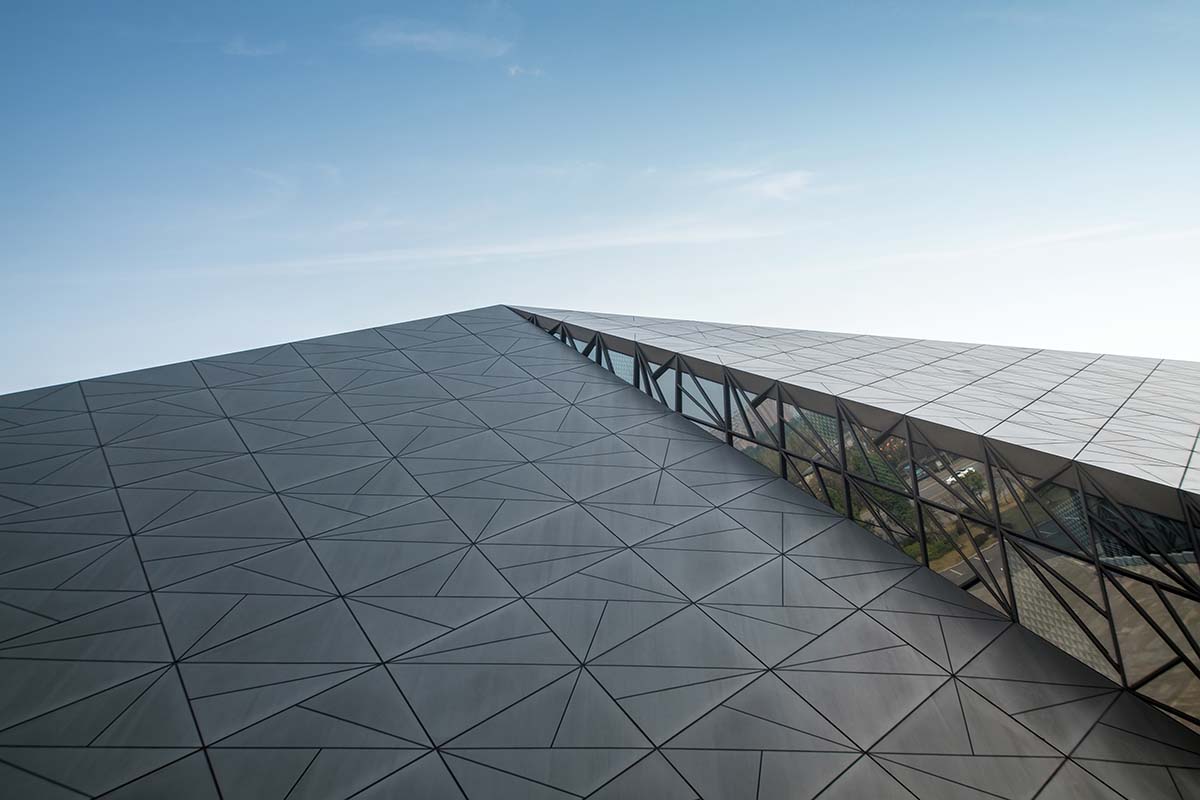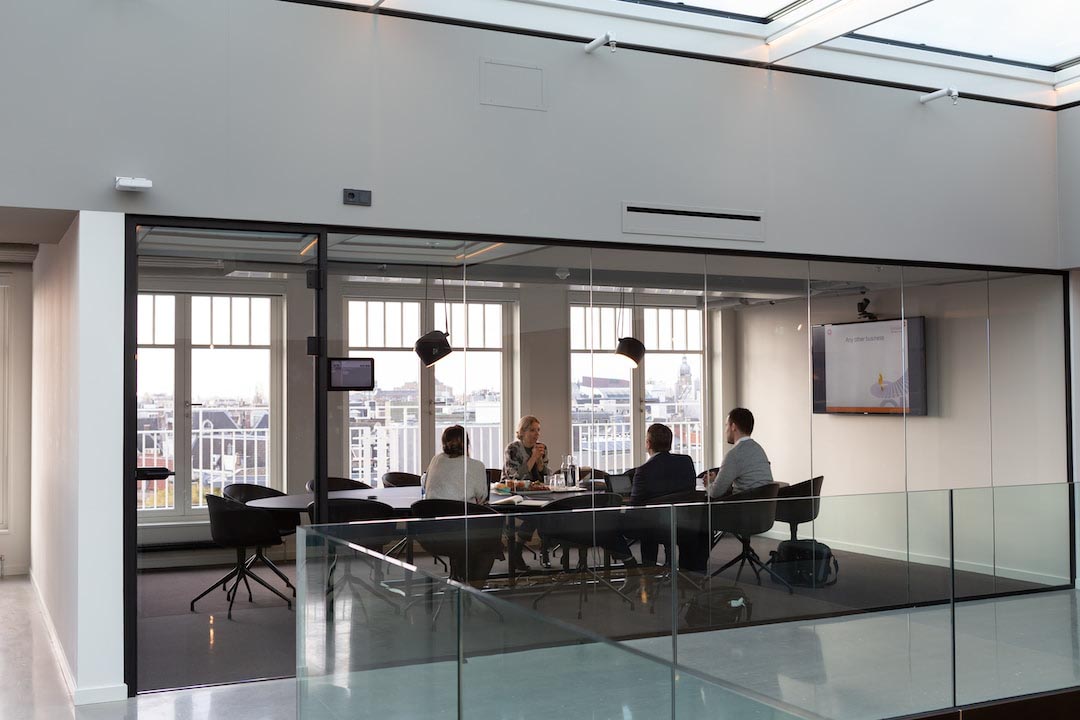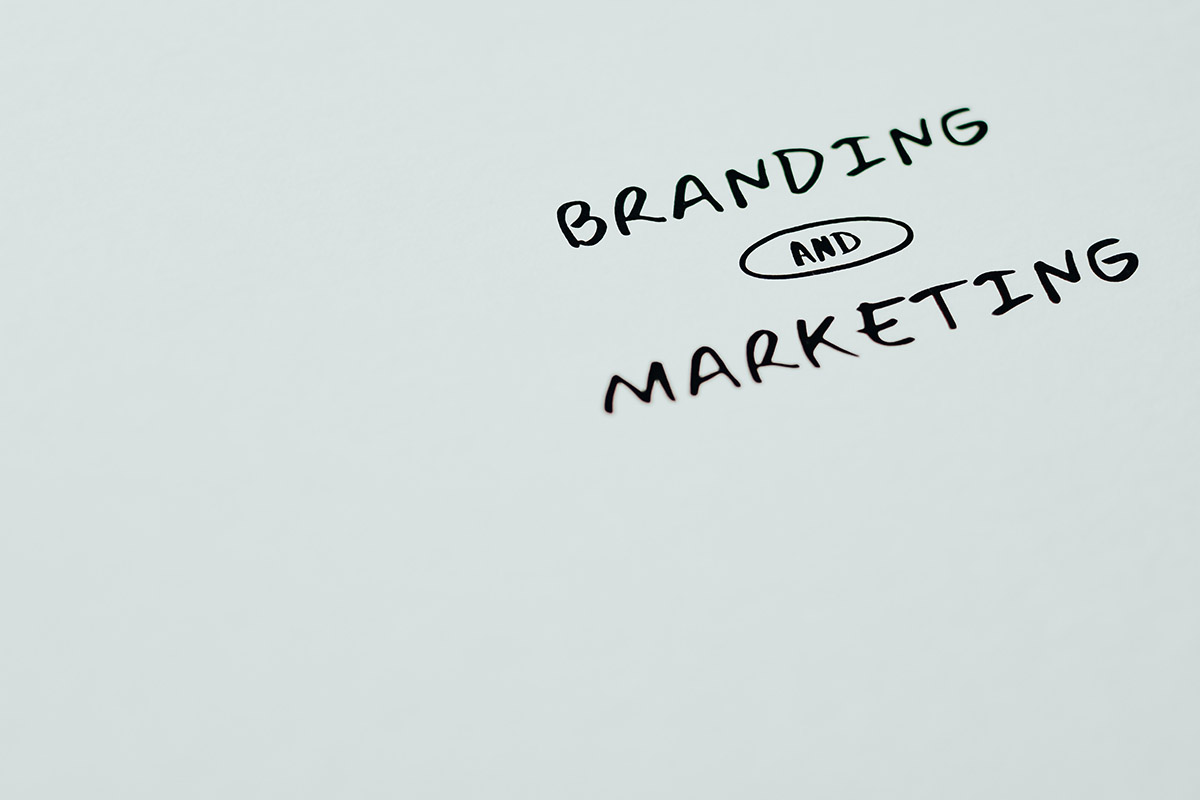Signs Your Commercial Roof Needs Repair
In commercial property management, the roof over your head does more than protect against the weather—it’s a critical component of your building’s overall health and efficiency.
Neglecting roof maintenance can lead to many problems, from minor leaks to major structural damage, potentially disrupting business operations and incurring significant repair costs.
Recognizing the early signs that your roof needs repair is essential. Let’s examine some indicators that signal it’s time to reach out to professional roofers before minor issues escalate into major problems.
Visible Water Damage or Leaks
One of the most glaring red flags that your commercial roof requires attention is the presence of water damage or leaks.
Telltale signs include unsightly water stains sprawling across ceilings, walls showing damp patches, or puddles inexplicably forming on the floor after rainstorms.
These symptoms suggest that water is penetrating your roof’s defenses and compromising the interior of your building.
Beyond the immediate inconvenience, leaks can foster an environment ripe for mold and mildew growth, leading to potential health issues for occupants and further structural damage if left unchecked.
Increased Energy Bills
A sudden increase in energy bills might not immediately suggest a roofing problem, but it can often be a symptom of underlying issues.
Poor insulation or breaches in the roof’s membrane can lead to significant air leakage, forcing your heating, ventilation, and air conditioning (HVAC) systems to work overtime to maintain comfortable indoor temperatures.
This drives up energy costs and strains your HVAC equipment, potentially reducing its lifespan.
Professional commercial roofers can assess these issues and identify areas where repairs or enhancements can restore your roof’s integrity and improve energy efficiency.
Cracks or Splits in the Roofing Material
Roofing materials are subject to the relentless cycle of the seasons, enduring scorching heat, freezing temperatures, and everything in between. Over time, this constant exposure can lead to the development of cracks or splits, particularly in more rigid materials.
These imperfections may seem minor at first glance, but they compromise the roof’s ability to protect against water intrusion and can expand if ignored, leading to more significant issues.
Sagging Areas
Any indication of sagging or bowing in the roof’s structure is a cause for immediate concern. This can signal that the roof’s support system is compromised, potentially due to prolonged water accumulation or structural failure. Sagging areas pose a risk of collapse and tend to collect water, exacerbating the problem and increasing the likelihood of leaks and further structural damage.
Prompt assessment and repair are essential to address these issues, reinforcing the roof’s integrity and preventing potential disaster.
Damaged Flashing
Flashing is a crucial component of your roof, serving as a sealant around the edges, vents, chimneys, and other penetrations, protecting these vulnerable points from water intrusion. When flashing becomes damaged, corroded, or dislodged due to severe weather conditions or general wear and tear, it can significantly compromise the roof’s water-tightness.
Signs of damaged flashing include visible gaps, rust on metal materials, or bits of flashing material found on the ground after a storm.
Clogged or Damaged Drains and Gutters
A well-functioning drainage system is essential for directing water away from your roof and the foundation of your building. Clogged or damaged drains and gutters can impede this process, leading to standing water on the roof, which increases the risk of leaks and structural damage.
Regular inspection and maintenance of gutters and downspouts are crucial, especially after heavy storms or during the fall when leaves are likely to block water flow.
When signs of damage or obstruction are apparent, professional roofers can clean, repair, or replace these components to ensure your roof’s drainage system operates efficiently and protects your property from water-related issues.
Growth of Moss or Algae
While moss, algae, or fungal growth on your roof might add a quaint, green aesthetic, it’s a harbinger of potential roofing troubles. These organisms thrive in moist environments, suggesting that water is being retained on the roof surface longer than it should be. Over time, the growth can lead to the degradation of roofing materials, causing them to rot or break down.
The presence of moss or algae necessitates a thorough cleaning, but addressing the underlying moisture problem is crucial.
Blisters or Bubbles in the Roof Surface
Blisters or bubbles on the roof surface indicate trapped moisture or air within the roofing layers, a condition that can weaken the roof’s structure over time. These defects are often a result of poor installation, inadequate ventilation, or a failure in the roofing material itself.
While they may not pose an immediate threat, if left unaddressed, they can lead to more serious issues, including leaks and extensive damage to the roof’s substrate.
Conclusion
The roof over your commercial building is pivotal in protecting your investment, but it requires regular maintenance and timely repairs to perform its function effectively. Recognizing the signs that your roof may need repair, from damaged flashing and drainage issues to the growth of moss and the appearance of blisters or bubbles, is crucial in preventing minor problems from escalating into major, costly repairs.
Partnering with experienced roofers to address these signs early can extend the life of your roof, enhance the safety and aesthetics of your building, and ensure it continues to operate efficiently for years to come.




















